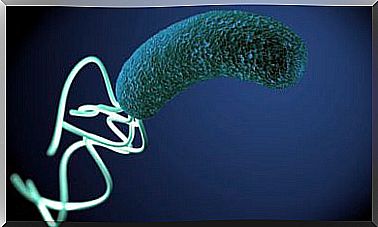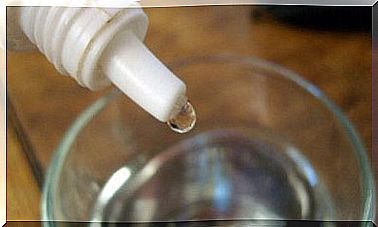How To Learn To Whistle: 3 Different Ways
Learning to whistle can be very easy for those who want to do it, because to achieve good technique it is necessary to practice constantly. This means that it is an acquired skill, not an innate one, such as the reactions that occur to a stimulus (swimming or running).
In fact, research has identified that whistling is a language, a form of communication called whistled speech , present in some communities around the world. It facilitates communication in the midst of traditional activities, such as hunting, herding and mountain agriculture.
People who try to whistle and fail to develop this ability may suffer from a physical condition that makes action impossible. When whistling, the velopharynx, which is a muscular sphincter located in the throat, must close. If this does not happen, whistling will be quite difficult and can be a symptom of velopharyngeal insufficiency.
Check out these 3 ways to learn to whistle
If you’ve always wanted to stop traffic with a whistle or establish a password with your friends, you can try any of these 3 ways that will make it easier for you to learn to whistle.
1. Whistle with your lips
Whistling with the lips is the simplest technique, although there is less projection of the sound. However, you can learn this way and scale to more complex ones. Follow these steps:
- Pucker your lips like when you are going to send a kiss.
- Leave a small opening between them.
- Avoid resting your mouth on your teeth, stretching it a little.
- Breathe in and expel the air through that opening and you will notice how the sound is produced.
As you practice, you will see that there is a greater projection of the whistle and it will become easier for you to do so. To play with the tones you can rehearse by varying the amount of air you inhale and exhale, while adjusting the lips, jaw and tongue.
Try to keep your lips hydrated during practice and, if you see it necessary, perform warm-up exercises, such as lip vibrations.

2. Whistle with your tongue
This is a more complex modality that will require a lot of practice to achieve a good result. The steps you must follow are the following:
- Bring your lips back.
- The upper lip should be attached to the upper teeth and the lower lip to the lower teeth.
- You will look like you are trying to hide your teeth.
- Bring the tongue back, wide and flat, behind the lower teeth, but leaving a space between them. They should not touch.
- Blow through the tongue, over the lip and the lower teeth.
- You should direct the air downwards, that is, towards the lower teeth.
As you can see, it is not an easy technique. The jaw, tongue and mouth remain somewhat tense and the first few times this will prevent a greater than desired projection. But in time you will see how good it sounds.
To achieve variations in tone, play to flatten the tip of the tongue, change its position and move the muscles of the cheeks.
3. Whistle with your fingers
Whistling with your fingers is common in movies. This method makes such a forceful sound that it is impossible not to turn to look when someone does it. The steps you must follow to learn how to whistle in the best Hollywood style are the following:
- Moisten your lips.
- Bring your tongue back and keep your lips close to your teeth. You should appear to be imitating an old man without teeth.
- Push the tongue with the tips of the little fingers at the level of the first knuckles.
- The fingers should make the shape of an A.
- Close your mouth and make sure that the only opening is the one caused by your fingers, since the air will come out there.
- Inhale and blow as hard as possible.
Surely the most powerful whistle will not come out the first time, but with constant practice the sound will improve a lot. If for some reason you don’t feel comfortable using the little fingers, you can also use the index fingers or combine the thumb with the index finger.
Learning to whistle is not enough, you have to train
Considering that learning to whistle is an acquired skill, perfecting it will depend on training. In addition to the techniques for doing this, there are a few tips that come in handy, especially when you’re a newbie.
It locates well from the lips
Many times we follow the advice to learn to whistle, but the sound is not produced. If this is your case, make sure that the lips are well located and that there are no spaces other than the central opening, as the air will escape improperly.
Position your tongue well
Follow the instructions very well regarding the position of your tongue, depending on the way you want to learn to whistle. This organ is essential and, as we mentioned before, it can help you vary the tones and intensity of the whistle.

Doses the air
Breathing out or blowing out air in a sudden or uncontrolled way can cause the position of the mouth, tongue and teeth to become unstable. Also, it causes strange sounds. Not exactly that particular high-pitched whistling sound. Avoid exhaling too much air; the idea is that you can control it and dose it.
Did you learn to whistle?
As you can see, learning to whistle is not that complex. In fact, one study showed that it is much easier for people to whistle than to sing. This occurs because there is a greater evolutionary control of the muscles of the larynx than of those that make up the mouth.
This assumes that there is a kind of predisposition to emit this sound with the lips, tongue or fingers. Even, through practice, you can learn very well to whistle in the 3 methods and be part of the world whistling competitions in which the best ones face. Cheer up!









